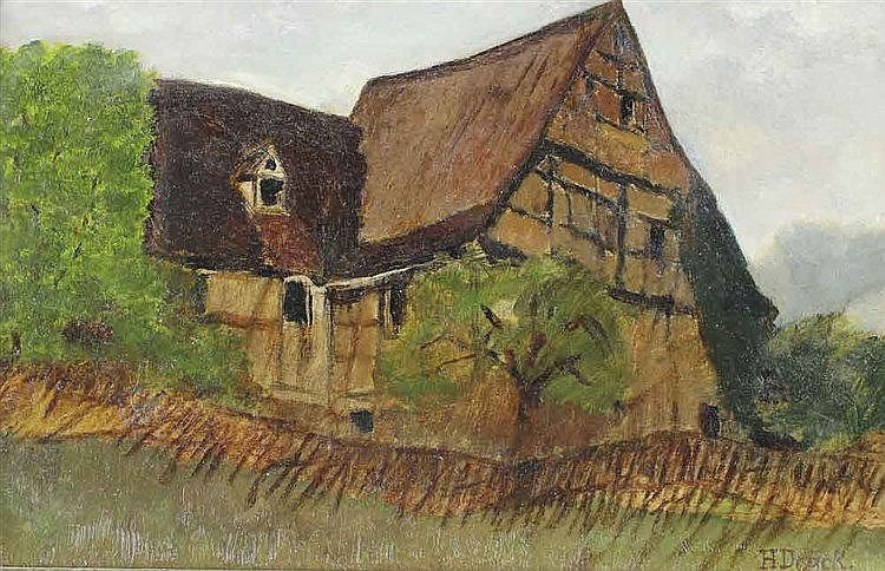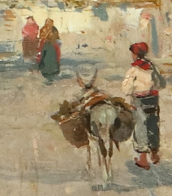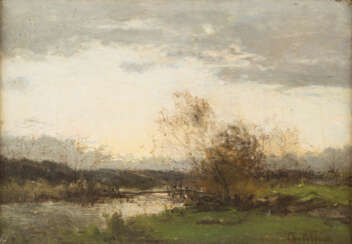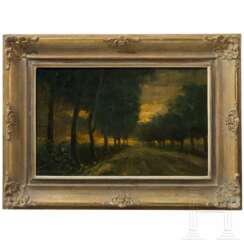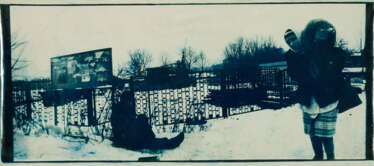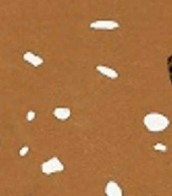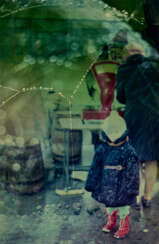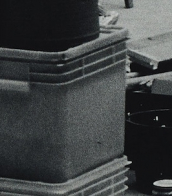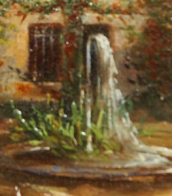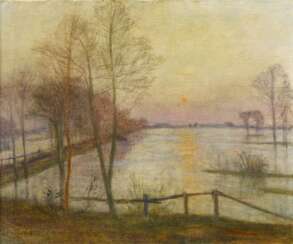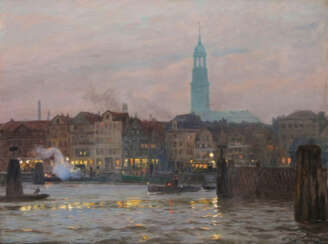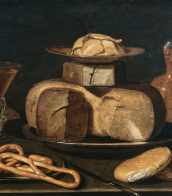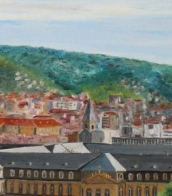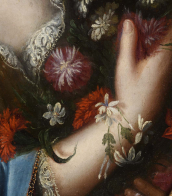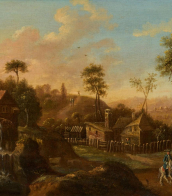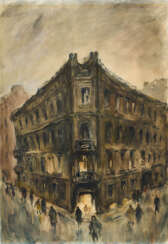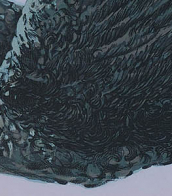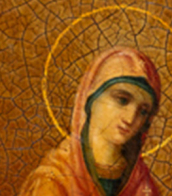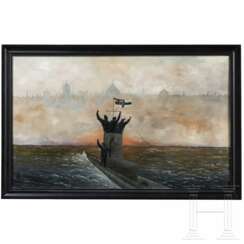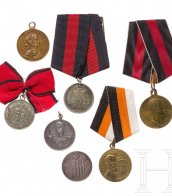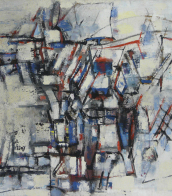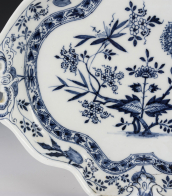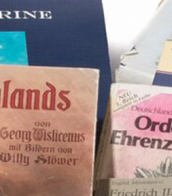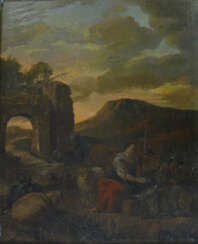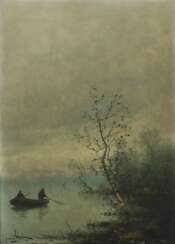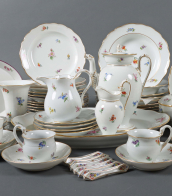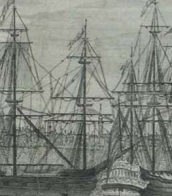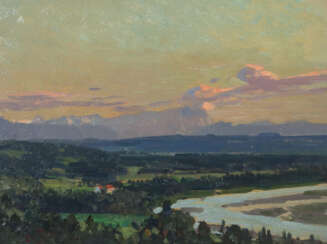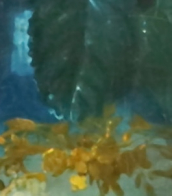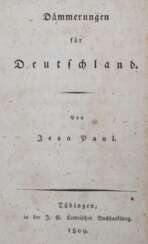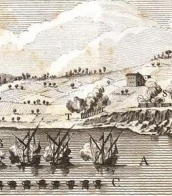dämmerung
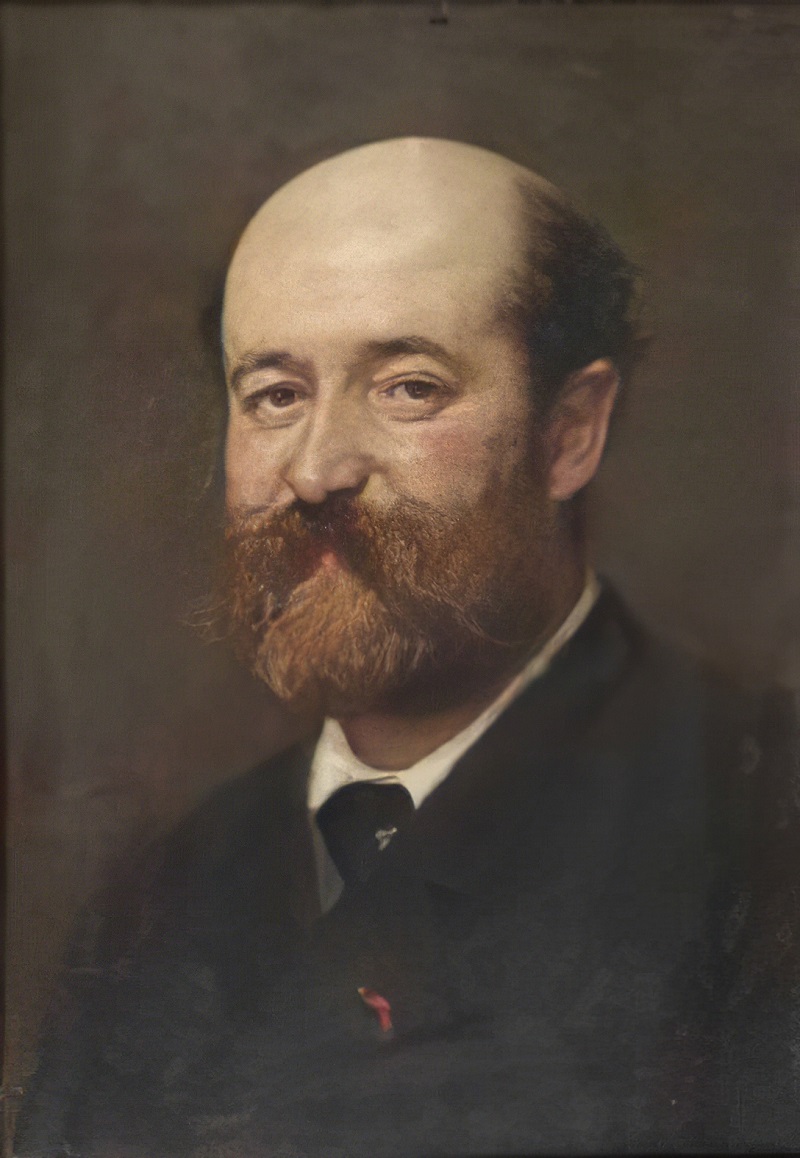
Léon Germain Pelouse was a self-taught French painter born in Pierrelaye (Val-d'Oise, France). At sixteen, he began working as a traveling salesman. He began painting when he was twenty, as he was serving in the French army as a conscript. His professional painting career began at twenty-seven, with the exhibition of his Les Environs de Précy (Near Précy) at the Salon de Paris of 1865. Despite severe criticism, he continued painting. He moved to Brittany, and there, inspired by nature around Pont-Aven and Rochefort-en-Terre, Pelouse painted landscapes which were exhibited at the Salon de Paris in the following years. He received his first medal in 1873 for Vallée de Cernay (Cernay Valley). He finally gained success and critical approval. The French government bought many of his works which are now in the holdings of museums including the Musée d'Orsay, the Musée Malraux, and the Musée des Beaux-Arts de Nantes.

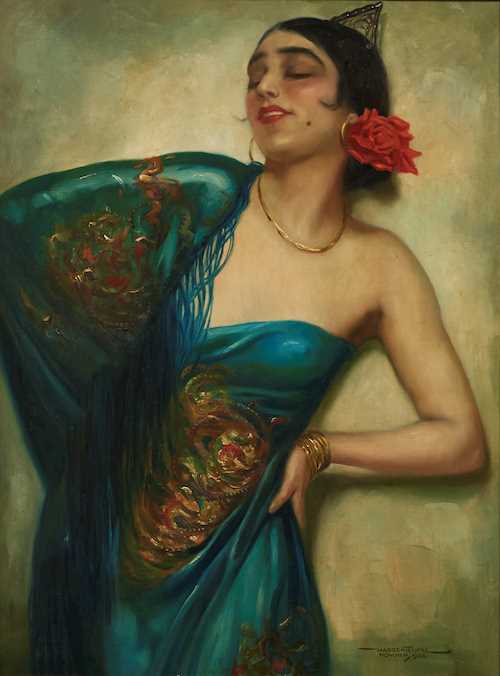
Hans Hassenteufel was a German painter of portraits and female nudes.

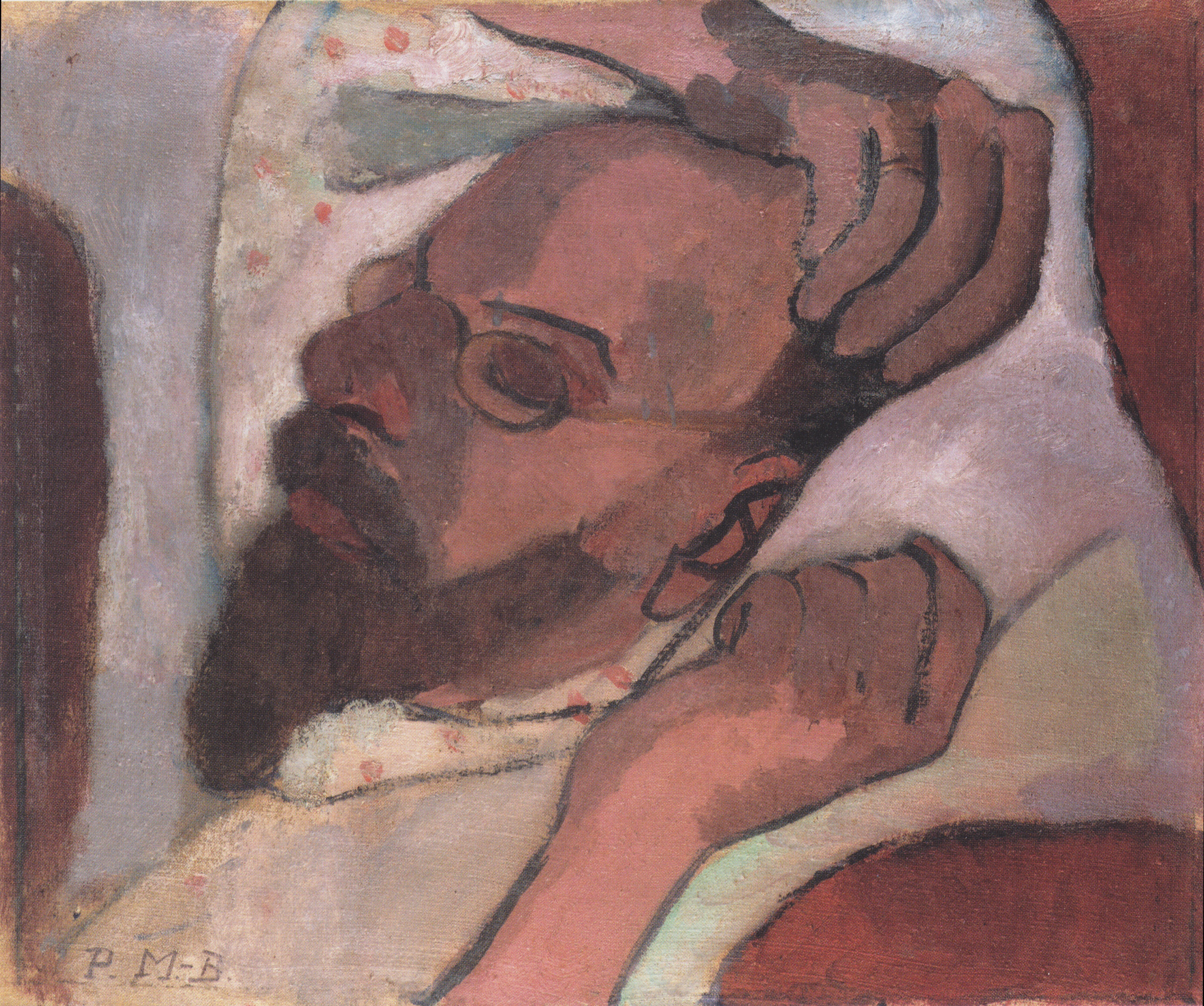
Friedrich Wilhelm Otto Modersohn was a German painter of the late 19th and first half of the 20th centuries. He is known as a landscape painter, a representative of the Barbizon School.
Otto Modersohn produced Barbizonian-style landscapes early in his career, but from about 1890 his style became more expressionist, with an emphasis on his choice of colors. The death of his second wife influenced his style: the colors became darker and the images more stark. Modersohn was one of the founders of the Worpswede artists' colony. A large collection of his works is kept in the Modersohn Museum in Fischerhude, and a street in Berlin is also named after him.

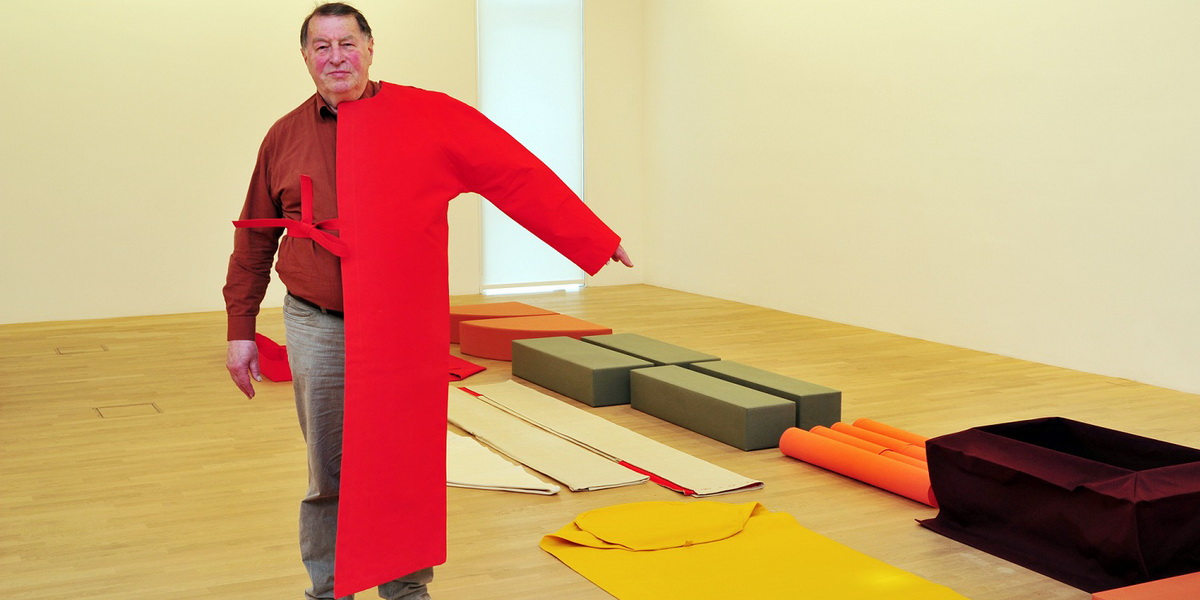
Franz Erhard Walther is a German artist (sculptor, conceptual, installation and process artist).
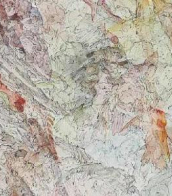
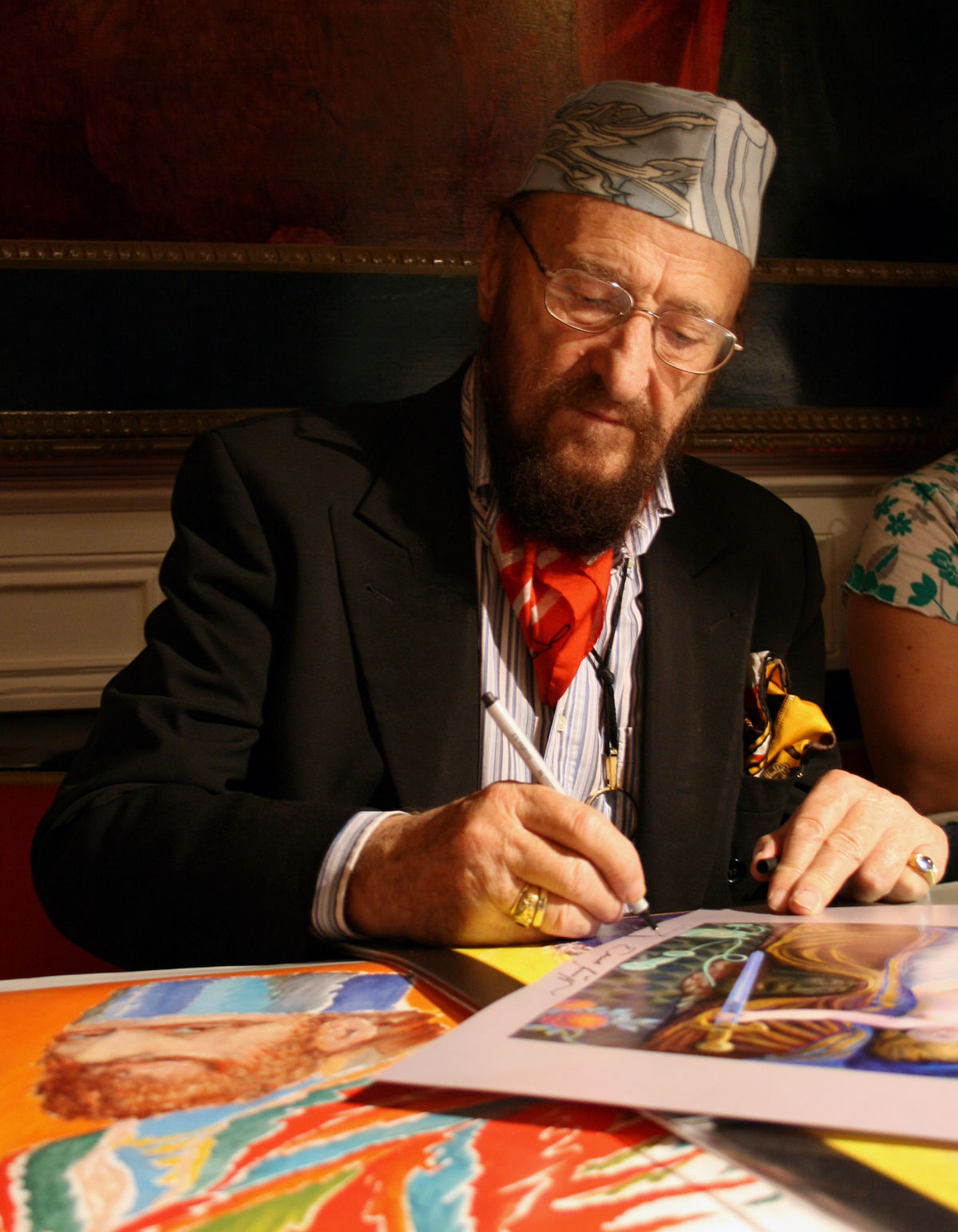
Ernst Fuchs was an Austrian painter, draftsman, printmaker, sculptor, architect, stage designer, composer, poet, and one of the founders of the Vienna School of Fantastic Realism. In 1972, he acquired the derelict Otto Wagner Villa in Hütteldorf, which he restored and transformed. The villa was inaugurated as the Ernst Fuchs Museum in 1988.
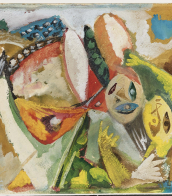
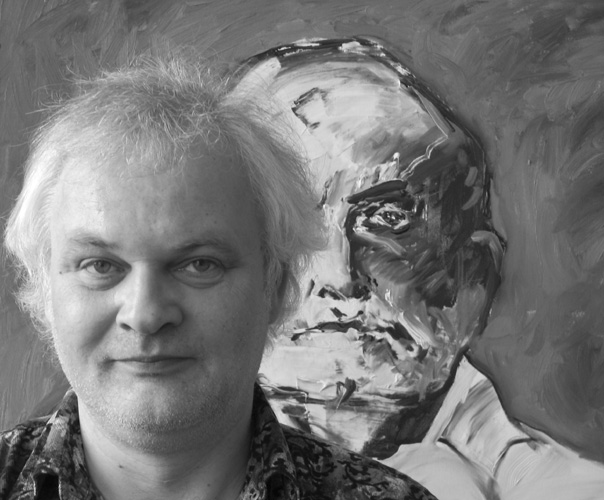
Detlev James Foth is a German painter. He studied free painting at the Düsseldorf Art Academy from 1979 to 1985. During the second semester his first solo exhibition took place at the Galeria de Arte Sala Goya in Palma de Mallorca, Spain. In 2001 he received an invitation from the Foreign Office in Berlin to hold a solo exhibition at the German Business Club in São Paulo, Brazil. He was the first German artist to have a solo exhibition at the Portuguese Cultural Institute (Instituto Camões) in Luanda, Angola. In 2012 the painter had, among other things, a solo exhibition at the Arthropologie Gallery, Cairo, Egypt. His works can be found in private collections and in public spaces. In addition to painting, Detlev Foth deals with literature and has published numerous plays, novels, short stories and poems.
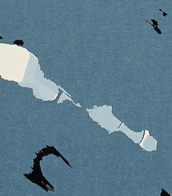
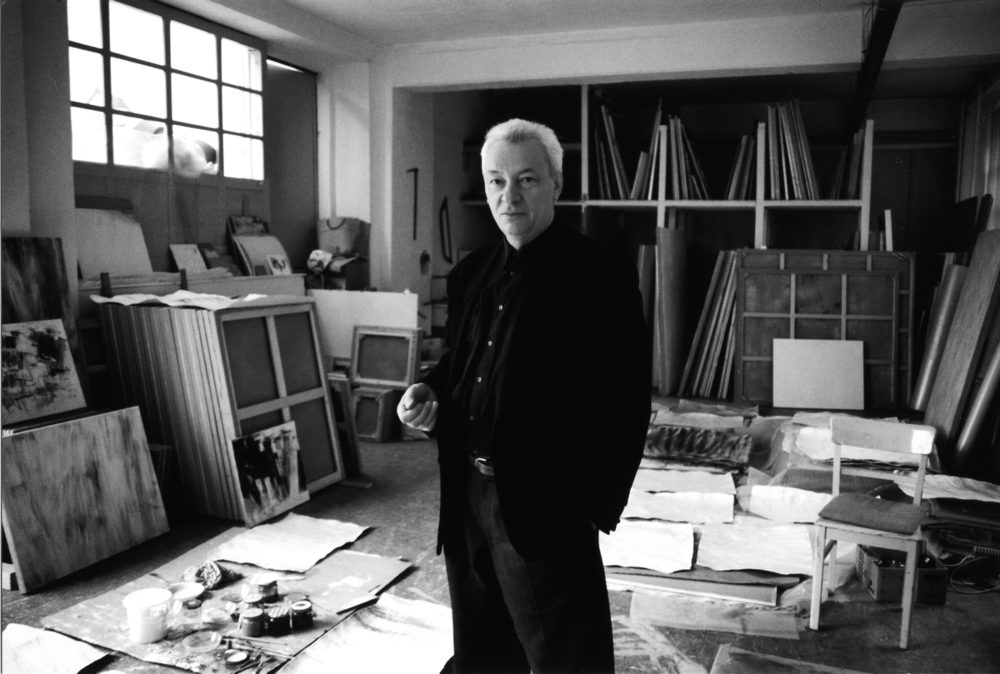
Raimund Girke is a German artist known for his minimalist and monochromatic abstract paintings. He was at the origin of analytical painting, participated in the 1977 edition of Documenta VI in Kassel, Germany, and is widely known for his explorations of white.
Raimund Hirke belonged to a generation of young European artists who overcame the subjectivism of abstract expressionism and sought new, objective, reductive expressions based on scientific and mathematical principles. Girke's paintings were characterized by loose compositions and a limited colour palette, often with subtle variations in shades of white or grey.

